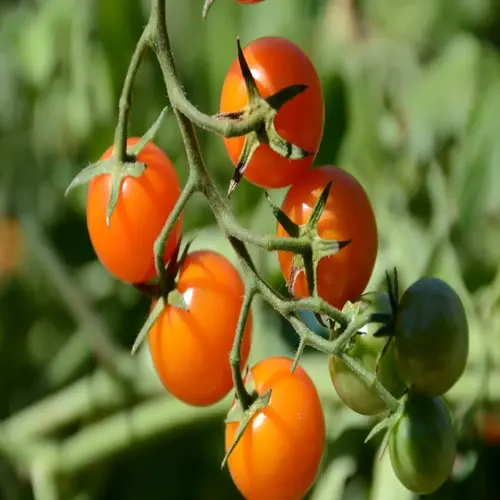Can you turn clay soil into good soil?

Written by
Paul Reynolds
Reviewed by
Prof. Martin Thorne, Ph.D.It takes time, effort, and commitment to convert clay soil into productive ground, but the outcome will certainly be worthwhile. It is possible to transform heavy, sticky soil into crumbly, productive soil with a little dedication. I am sharing potential stages to revive my compacted clay yard through specific methods. The first stage involves specifically discussing the characteristics of clay and its associated challenges.
Soil Assessment
- Test drainage by digging a 12 inch hole and filling with water
- Measure how long it takes to drain completely
- Identify compaction layers using a soil probe
- Determine soil texture through ribbon testing
Amendment Process
- Apply 3-4 inches of compost annually per 100 sq ft
- Incorporate materials using a broadfork not a tiller
- Layer organic matter with cover crops between seasons
- Allow 4-6 weeks for decomposition before planting
Timing plays a crucial Role in the efficacy of amendments. I learned to apply compost in the fall so that it can be worked into the soil during winter. Alternatively, I could be growing deep-rooted cover crops (like Daikon radish) to help aerate the subsoil. Over the course of several seasons, natural biological activity improves your soil structure.
Prevent compaction by constructing permanent garden paths. Use raised beds to improve drainage immediately. I used simple wooden frames that worked very well to improve growing conditions. Having unobstructed, uncompacted areas allows your plants to build strong root systems.
You will see three growing seasons of visible improvement over your garden. Your garden, as seen in the photo above, began yielding harvests again after constant red wigglers' amendment. To help demonstrate this, I keep track of earthworm counts and root growth. The result of patience pays off! You are left with heavier, more organic, fertile soil that requires less water and fertilizer.
Read the full article: How to Improve Clay Soil: Essential Steps

